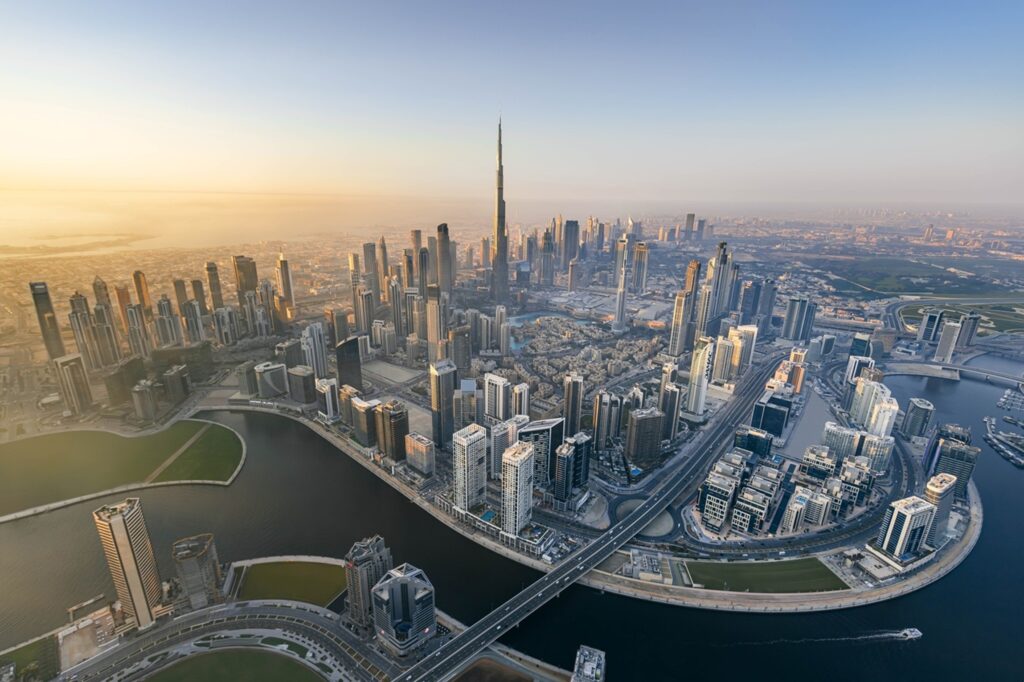
globalbizmag.com
Gulf-to-Europe Hydrogen Pipeline is Feasible and Attractive, says Study
Milan-based RINA, the inspection, certification, and consulting engineering multinational, and AFRY Management Consulting, a European leader in engineering, design, and advisory services, have undertaken an initial study of how the GCC region and Europe could be linked directly with a pipeline to transport low-carbon hydrogen, a key component in climate-friendly energy and industry systems of the future.
The results indicate a transformative opportunity to fully unlock the Gulf’s immense potential as a cost-effective source of low-carbon hydrogen for Europe.
With abundant Renewable Energy (RE) sources and natural gas reserves, the GCC region is set to become a leading global producer of green and blue hydrogen, ammonia and other synthesis products and countries like the UAE and Saudi Arabia have launched several projects to produce hydrogen.
The MENA region currently leads the energy transition due to its policy-driven governments, abundant sunlight, oil and gas experience, broad industrial bases, global shipping networks and technological know-how.
The UAE’s state-owned enterprises such as Masdar and Abu Dhabi National Oil Company (ADNOC) are leading the way in hydrogen production, with Masdar targeting an annual green hydrogen production capacity of up to one million tonnes by 2030.
The concept of a hydrogen pipeline connecting Qatar, Saudi Arabia, Egypt, and traversing the Mediterranean Sea to Europe may seem ambitious, but initial assessment indicates its feasibility.
Findings of the study indicated that a suitable pipeline configuration could transport 100 TWh or approximately 2.5 million tonnes of hydrogen annually. Moreover, by constructing additional pipelines of the same nature, the transport capacity could be significantly scaled up.
The GCC region could supply green and blue hydrogen to the economic hub of Europe at Levelised Costs Of Delivered Hydrogen (LCODH) of around $2.96/kg starting from the 2030s, decreasing to around $2.52/kg in the longer term.

Europe Looking at Alternatives
According to the study, recent geopolitical challenges have forced Europe to explore alternative sources for energy security, including linking the Eastern Mediterranean and Europe by pipeline, which was investigated for the EastMed Natural Gas project.
At the same time, the discussion around exporting hydrogen and its synthesis products from the Gulf to Europe is currently revolving around molecule transport by ship.
“These options receive EU subsidies and drive activity within the gas/hydrogen industry, but they may not be most efficient for bulk transport. A competitive and actionable pipeline project from the Gulf region soon could provide a viable and powerful complement,” the study said.
Antonio Nodari, member of the Executive Management Team at AFRY Management Consulting said that the collaboration between RINA and AFRY provides a unique and highly interesting view of a significant opportunity to take a step forward in the green energy transition for Europe and the MENA region.
“As well as understanding the opportunities, the expert team who have worked on this report have a realistic view of the obstacles that need to be overcome and have the solutions to address those challenges,” Nodari added.
Andrea Bombardi, Executive Vice President at RINA said that through the combined expertise of AFRY and RINA, this first-of-its-kind study considered routing alternatives, technical parameters, and feasibility, especially for the deep-sea pipeline section, geo-strategic framework conditions and top-level economic estimates of a direct hydrogen pipeline link between the Gulf and Europe as an element of an integrated green energy and industry system across Europe and MENA. “The study’s findings represent a decisive contribution to boost the hydrogen economy. Together with AFRY, we have identified a potential stable corridor to bring supply and demand together. The scale-up of hydrogen adoption goes through projects like this,” Bombardi added.















